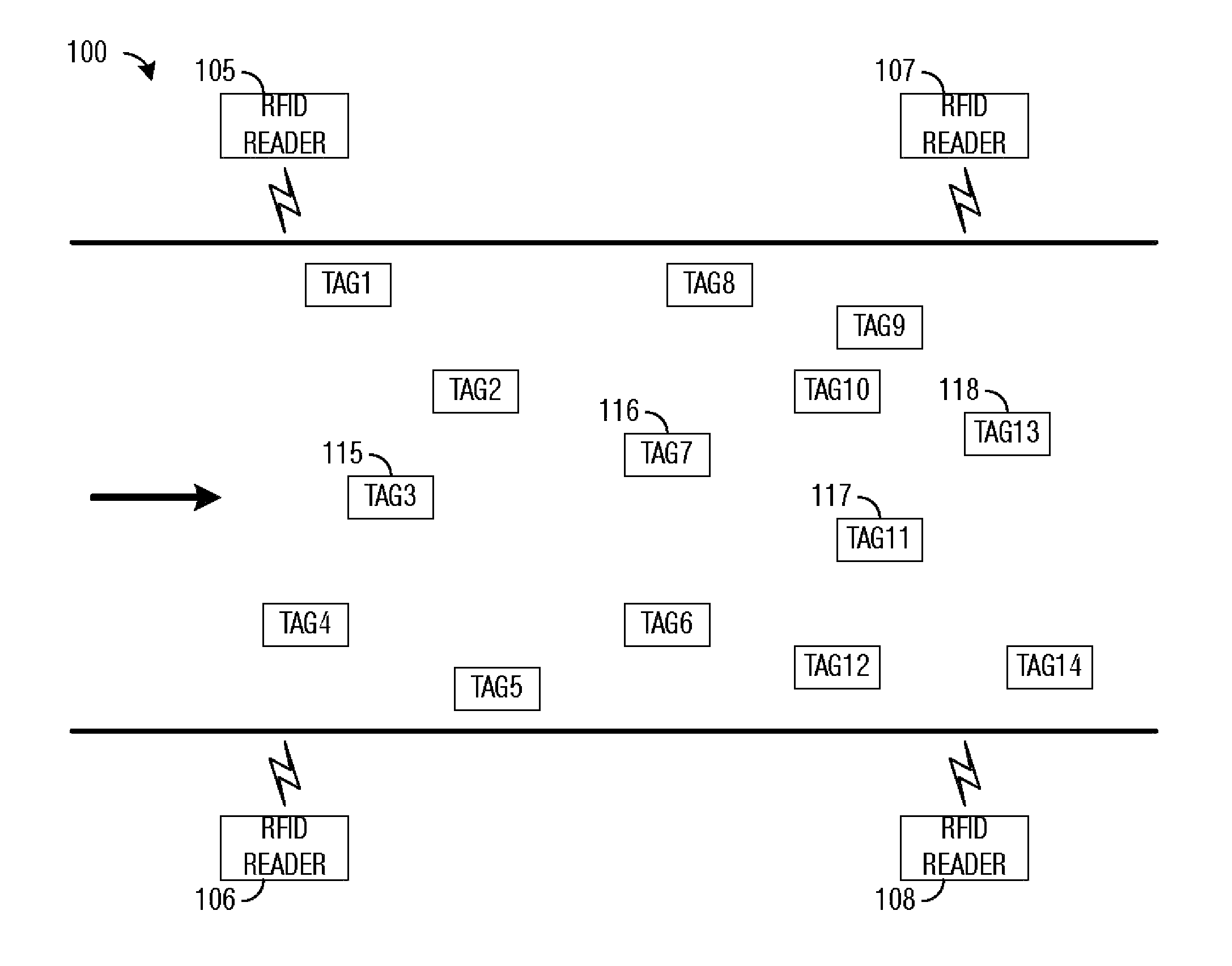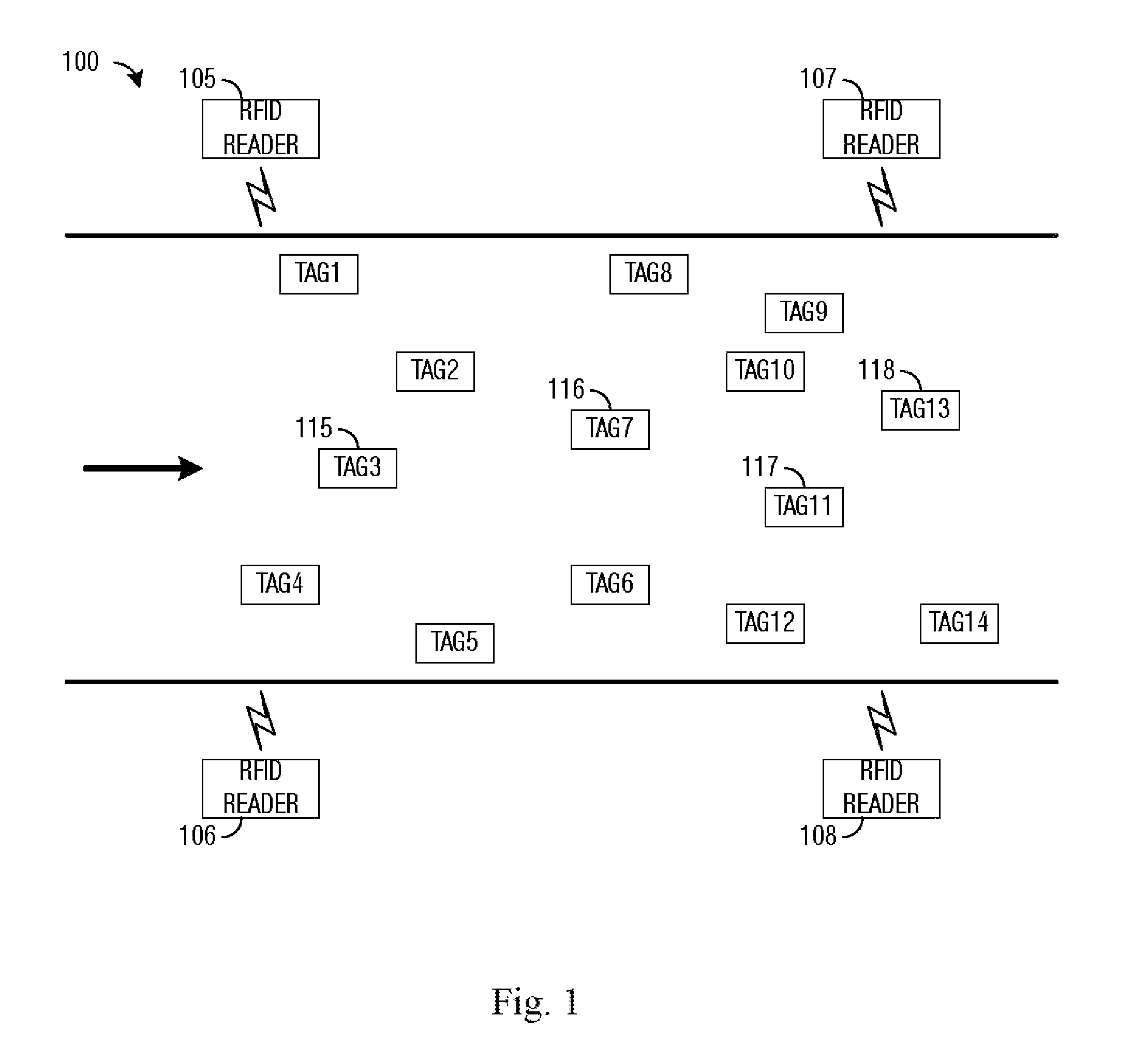System and Method for Persistent ID Flag for RFID Applications
- Summary
- Abstract
- Description
- Claims
- Application Information
AI Technical Summary
Benefits of technology
Problems solved by technology
Method used
Image
Examples
Embodiment Construction
[0035]The making and using of the embodiments are discussed in detail below. It should be appreciated, however, that the present invention provides many applicable inventive concepts that can be embodied in a wide variety of specific contexts. The specific embodiments discussed are merely illustrative of specific ways to make and use the invention, and do not limit the scope of the invention.
[0036]The embodiments will be described in a specific context, namely a passive RFID tag with a desired RFID data register persistence of two (2) or more seconds. The invention may also be applied, however, to other passive RFID tags with other desired persistence values. Additionally, the invention may also be applied to other applications wherein there is a desire to maintain volatile information for a specified amount of time without having to provide a power supply.
[0037]FIG. 3 is a diagram of a circuit 300 for use in storing volatile information in a passive RFID tag. Circuit 300 may be use...
PUM
 Login to View More
Login to View More Abstract
Description
Claims
Application Information
 Login to View More
Login to View More - R&D
- Intellectual Property
- Life Sciences
- Materials
- Tech Scout
- Unparalleled Data Quality
- Higher Quality Content
- 60% Fewer Hallucinations
Browse by: Latest US Patents, China's latest patents, Technical Efficacy Thesaurus, Application Domain, Technology Topic, Popular Technical Reports.
© 2025 PatSnap. All rights reserved.Legal|Privacy policy|Modern Slavery Act Transparency Statement|Sitemap|About US| Contact US: help@patsnap.com



